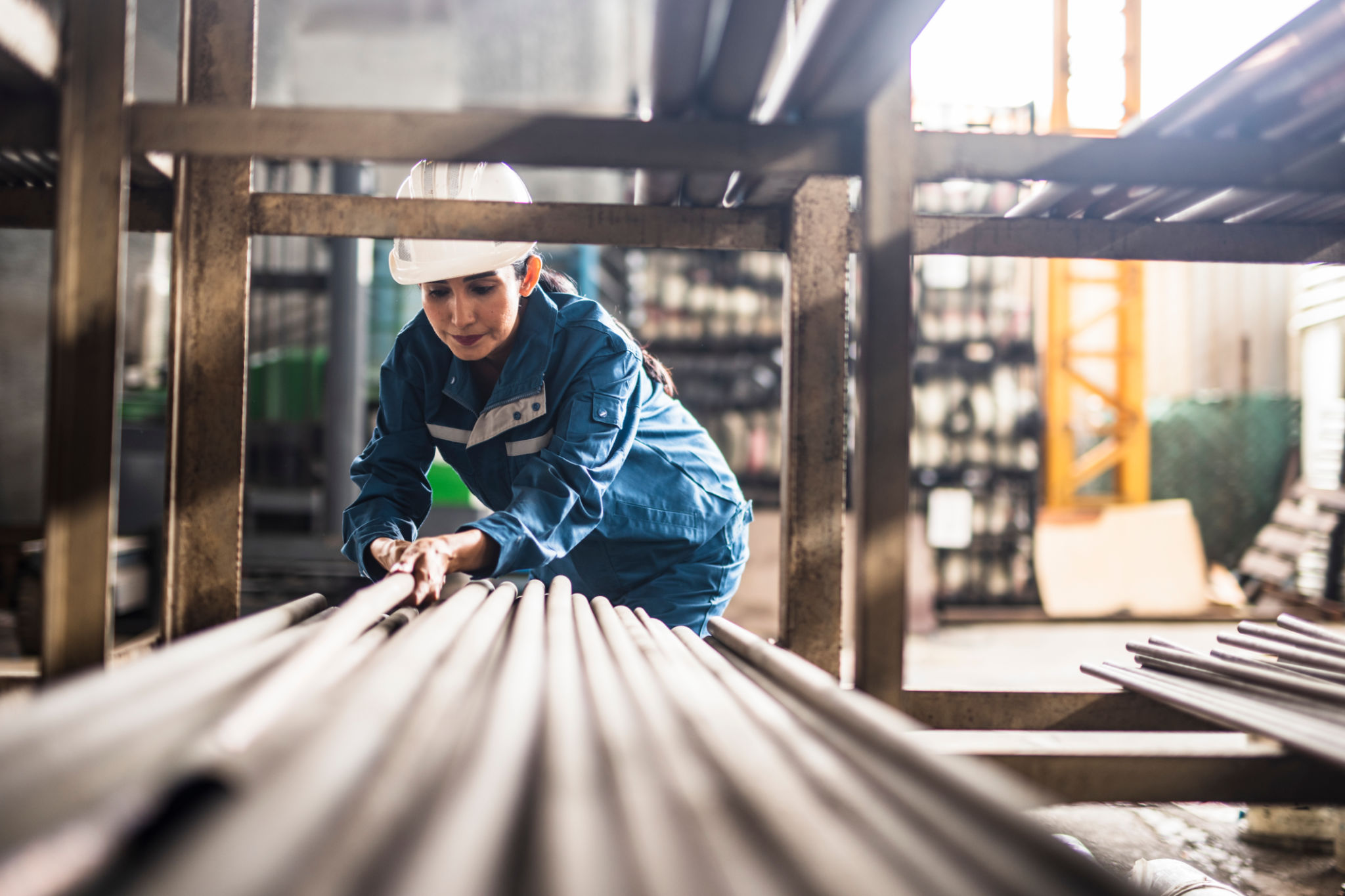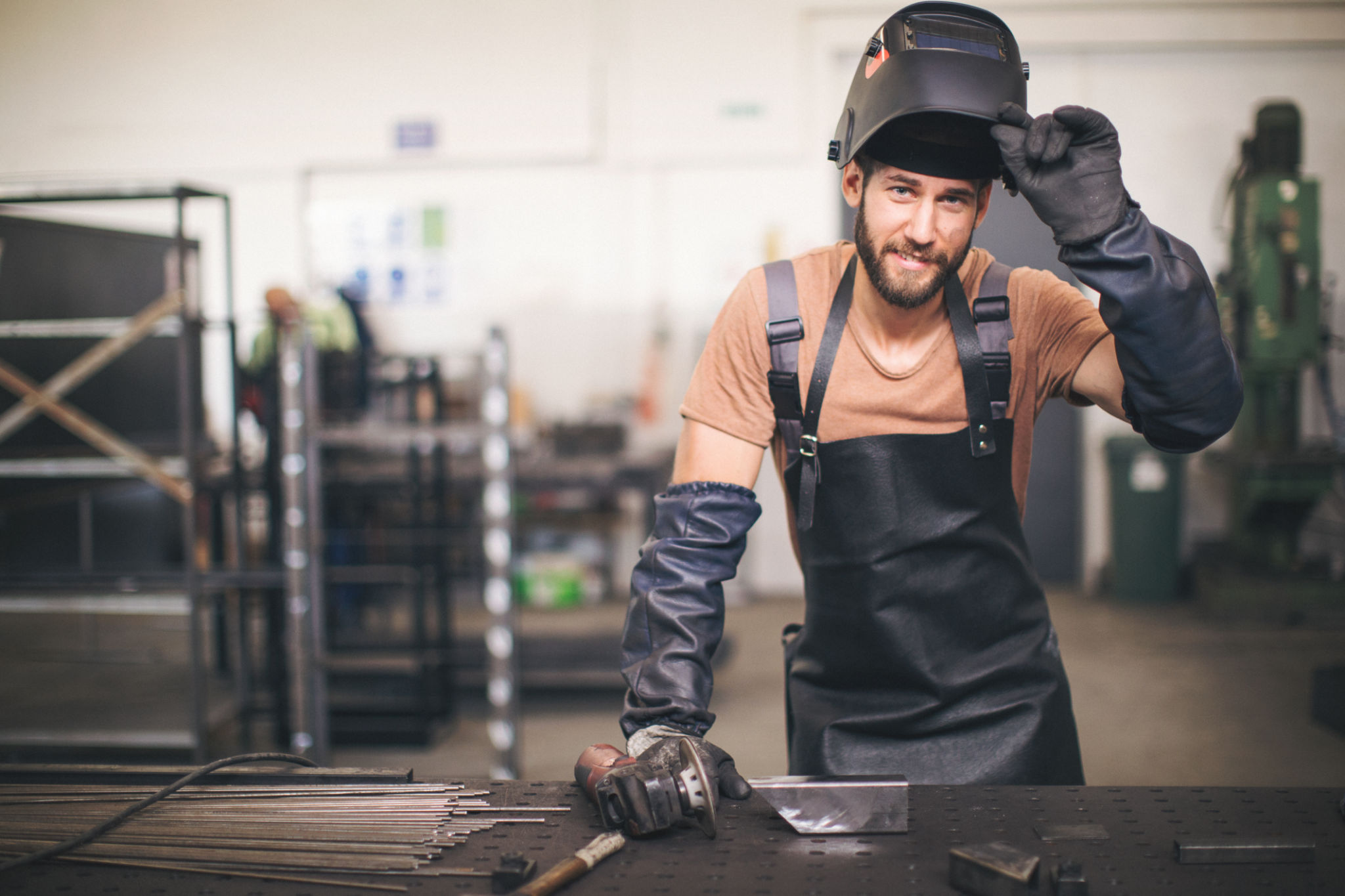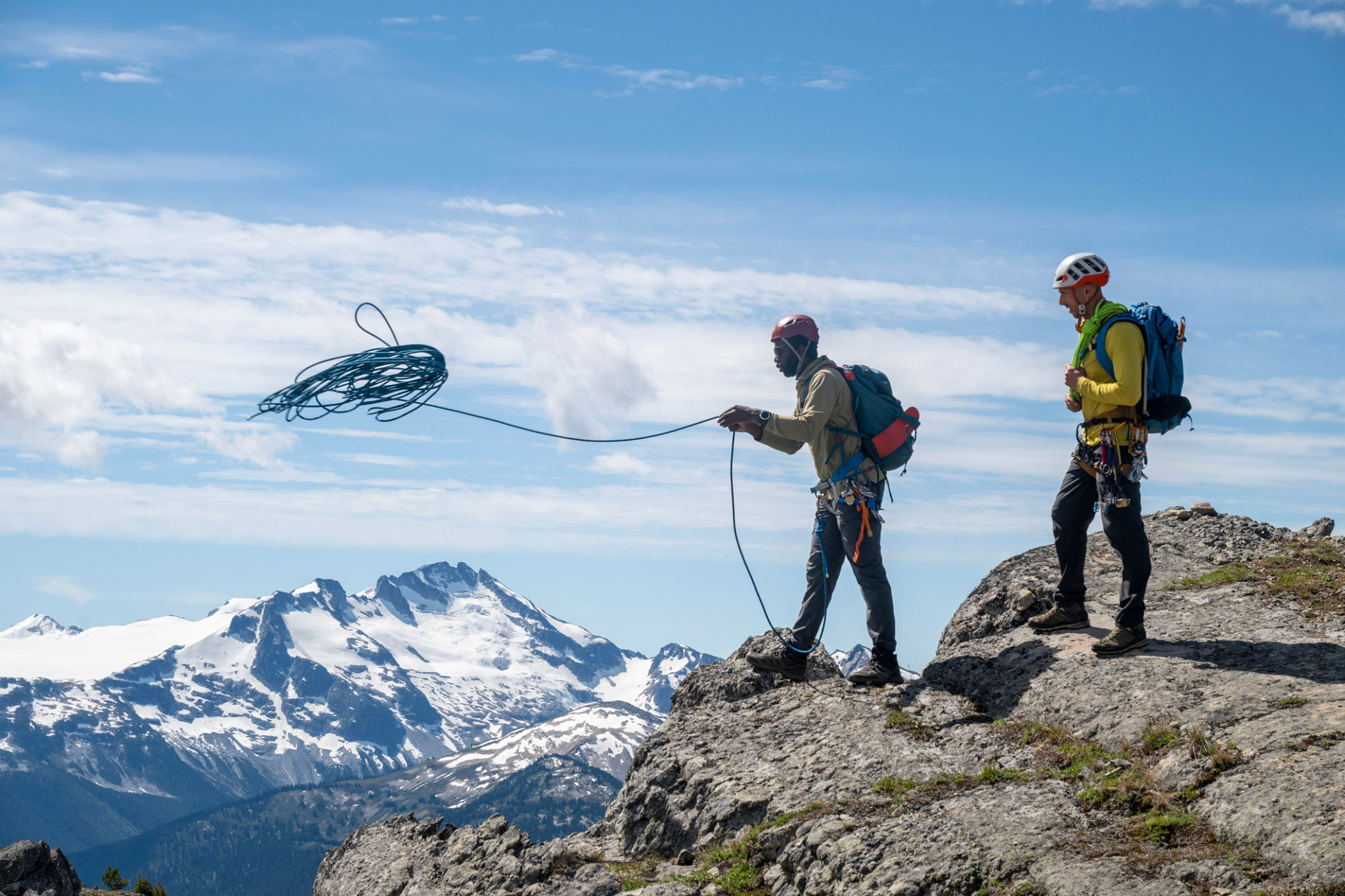Preparing for Seasonal Changes: Welding and Fabrication Tips
Understanding the Impact of Seasonal Changes on Welding and Fabrication
As the seasons shift, so do the challenges faced in welding and fabrication. Whether it's the scorching heat of summer or the biting cold of winter, each season presents unique obstacles that can affect both the quality of work and the equipment used. Understanding these impacts is crucial for maintaining high standards and ensuring safety.
Temperature fluctuations can lead to unexpected material behavior. Metals expand and contract with temperature changes, which can result in warping or cracking if not properly managed. Additionally, humidity levels can influence welding quality, as moisture can cause defects such as porosity in welds.

Essential Equipment Maintenance
Regular maintenance of welding equipment is essential, especially when transitioning between seasons. During colder months, it's important to check for moisture accumulation in equipment, which can lead to rust and damage. Similarly, in warmer months, overheating can be a concern.
To prepare your equipment for seasonal shifts, consider the following tips:
- Inspect all electrical connections and components for signs of wear or damage.
- Ensure that all moving parts are well-lubricated to prevent friction-related issues.
- Test your equipment in varying temperatures to understand its performance limits.

Adapting Techniques for Temperature Variations
Welding techniques may need to be adjusted based on temperature changes to ensure optimal results. In colder conditions, preheating the metal can prevent issues such as cracking or brittleness. Conversely, during hotter months, cooling methods might be necessary to maintain structural integrity.
Here are some technique adaptations to consider:
- Preheat Metals: Preheating helps reduce the risk of thermal shock and ensures a smoother weld.
- Control Cooling Rates: Use controlled cooling methods to avoid rapid temperature changes that can compromise weld strength.
- Monitor Humidity Levels: Keep an eye on humidity to prevent moisture-related defects.

Ensuring Safety During Seasonal Transitions
Safety should always be a top priority, and seasonal changes require additional considerations. Cold weather can affect personal protective equipment (PPE), making it less flexible and potentially reducing its effectiveness. In hot weather, overheating and dehydration are concerns that need addressing.
To enhance safety during seasonal transitions:
- Regularly inspect and replace PPE that shows signs of wear or damage.
- Ensure adequate hydration and take breaks to prevent heat-related illnesses.
- Educate staff on seasonal hazards and appropriate precautions.

Conclusion: Staying Prepared Year-Round
The key to successful welding and fabrication throughout seasonal changes is preparation and adaptability. By understanding how different weather conditions affect materials, equipment, and techniques, you can minimize risks and maintain high-quality standards in your work.
Regular maintenance, technique adjustments, and a focus on safety will help ensure that your operations remain efficient and effective year-round. Embrace the changing seasons as opportunities to refine your skills and enhance your approach to welding and fabrication.
